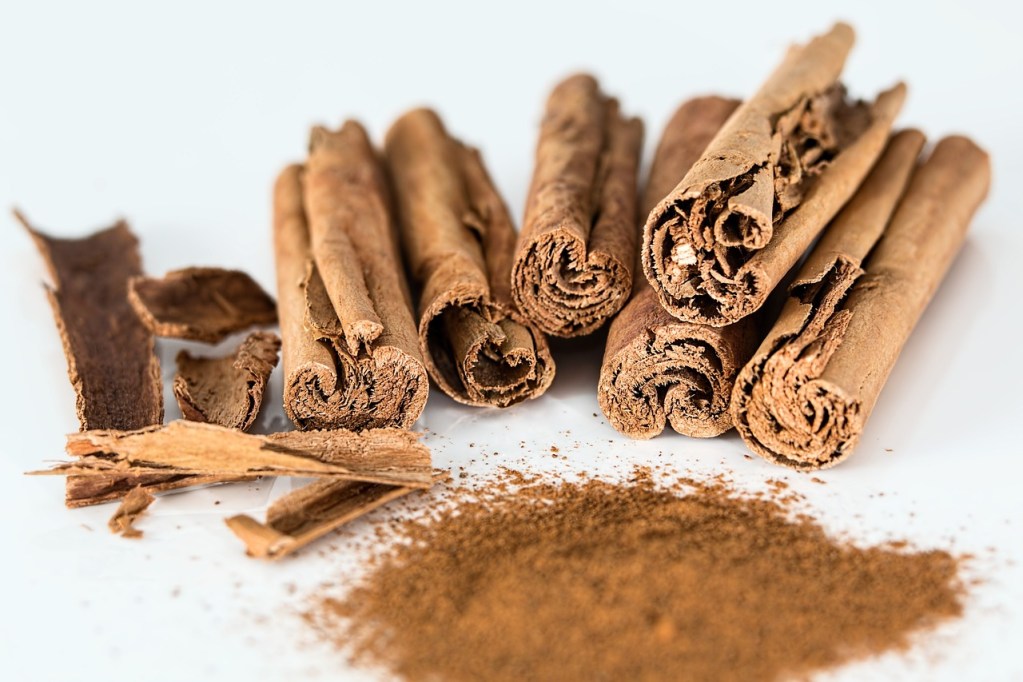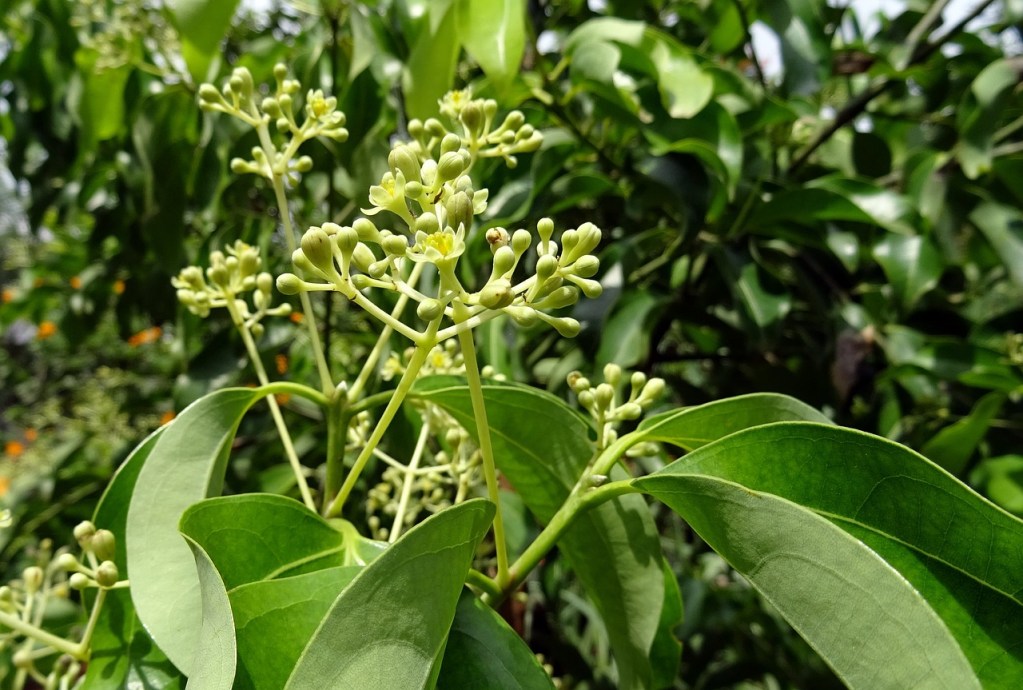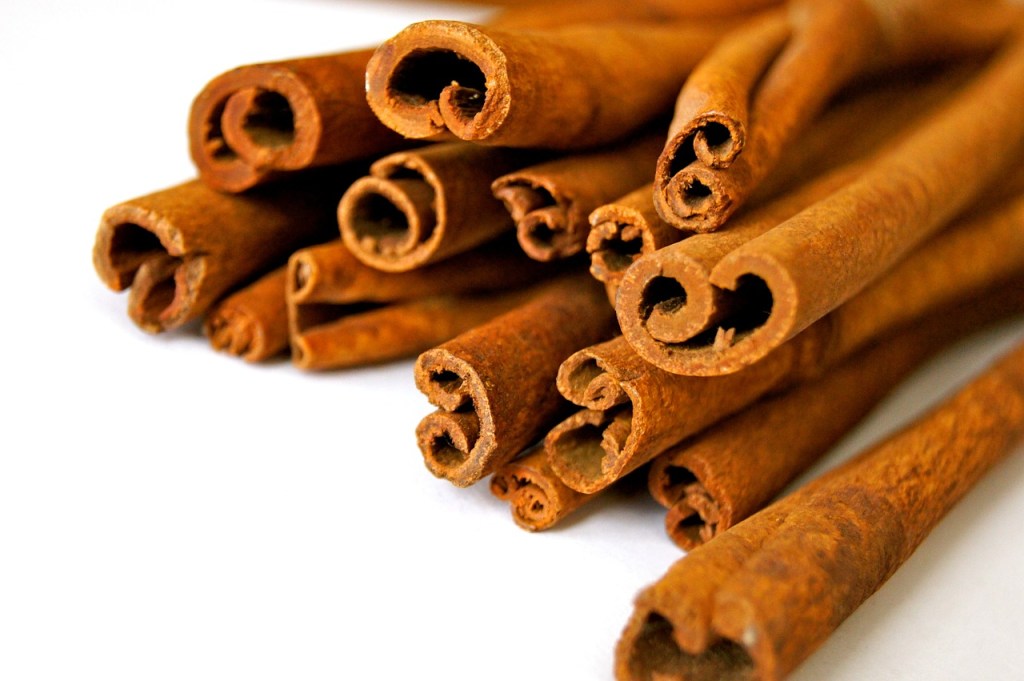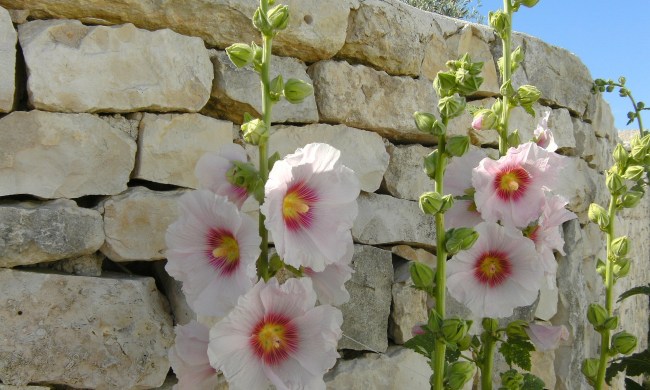There are many tasty plants you can grow at home, from easy-to-harvest fruit trees to more involved ones, like growing maple trees for maple syrup. One delicious plant you might not have realized you can grow at home is a cinnamon tree. Cinnamon is made from the bark of a cinnamon tree, and with patience and some hard work, you can have homemade cinnamon sticks.

Planting a cinnamon tree
Here's how to plant your own cinnamon tree:
Step 1: Plant it in well-draining, sandy, or loamy soil.
Step 2: Amend the soil with compost before planting.
Cinnamon trees use a lot of nutrients, so giving your tree a boost from the beginning can help.
Step 3: Choose a location in full sun or partial shade.
Step 4: Grow your cinnamon tree in a container if you live north of zone 10.
If you live in zones 9 and 8, you can keep your cinnamon tree outdoors during the summer, but if you're north of zone 8, you’ll see better results growing it in a greenhouse.

Caring for your cinnamon tree
After you plant your cinnamon tree, here's how to care for it:
Step 1: Keep the humidity high around your tree.
Step 2: Water the cinnamon tree regularly.
Step 3: Fertilize it regularly.
Step 4: Remove damaged or diseased branches with pruning shears.
Aside from removing damaged and diseased branches, you can prune your cinnamon tree to keep the size in check. Otherwise, it doesn’t need pruning.
Step 5: Watch for signs of root rot.
As with other water-loving plants, cinnamon trees can develop fungal infections.
Step 6: Keep an eye out for leaf-eating pests.
Aphids, leaf miners, and mites can damage cinnamon trees. Treat them with insecticidal soap or neem oil.

How and when to harvest the cinnamon
If you want to make your own cinnamon sticks, follow these steps:
Step 1: Begin harvesting when the tree is at least two years old.
Step 2: Cut branches off the tree, or cut the entire tree down to a stump.
If you choose to cut the entire tree, it will regrow as a shrub next year.
Step 3: Remove any thin or twiggy branches.
These can be discarded or used for other purposes, but they aren’t particularly useful for making cinnamon. Instead, focus on the thicker, longer branches.
Step 4: Scrape off the brown outer bark and discard it.
Unfortunately, this bark doesn't taste great, but you can still compost it or use it as mulch.
Step 5: Peel the orange inner bark off the branch, setting it to the side.
This is the bark that becomes cinnamon.
Step 6: Dry the inner bark in the sun for four to five days.
After this, you’re ready to use your cinnamon! Depending on the length of your bark sticks, you may need to break them into smaller pieces for easier use and storage.
With patience and a bit of work, you can have plenty of delicious fresh cinnamon for your baked goods and drinks. Even if you choose not to harvest the bark, cinnamon trees are beautiful. Now that you know how to care for them, you’ll be able to grow as many cinnamon trees as you want!




